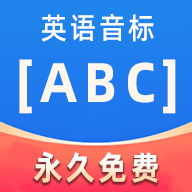汤圆英文单词的音标
Tangyuan /ˈtæŋ.ˌju.ən/
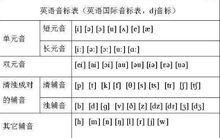
Tangyuan, a traditional Chinese dessert especially popular during the Lantern Festival, holds a special place in the hearts of many. But for those who are eager to learn more about this delicious treat, understanding its pronunciation in English can be a delightful first step. In this guide, we'll delve into the phonetic pronunciation of "tangyuan" using the International Phonetic Alphabet (IPA) and provide some practical tips to help you master the sound.
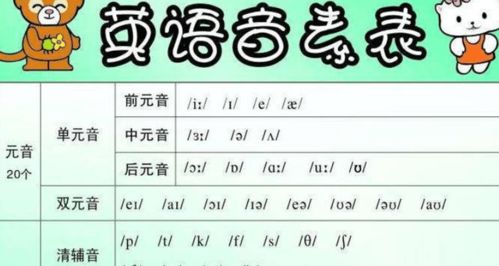
The Pronunciation Breakdown
The word "tangyuan" can be phonetically transcribed as /ˈtæŋ.ˌju.ən/. Let's break this down into its constituent sounds:
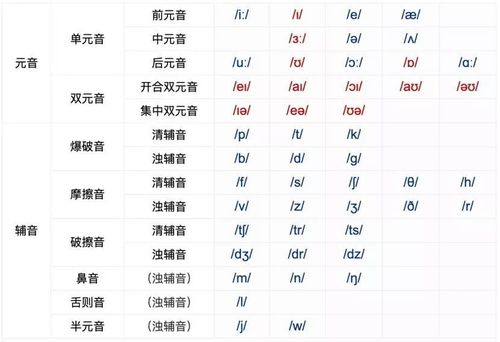
1. /ˈtæŋ/:
/t/: This is a stop consonant. To produce it, place the tip of your tongue between your teeth and release it suddenly while exhaling, making a short, sharp sound.
/æ/: This is a short vowel sound, similar to the "a" in "cat" or "apple." Your mouth should be open and your tongue should be low in the middle.
/ŋ/: This is a nasal consonant. To produce it, close your mouth, let the air flow out through your nose, and keep your vocal cords vibrating. It's similar to the end sound of "ring" or "sing."
2. /.ˌju.ən/:
/./: This is a syllable separator in the IPA, indicating a break between syllables. In practical pronunciation, it's not a separate sound but a guide to show where one syllable ends and the next begins.
/j/: This is a glide consonant. It's produced by bringing your tongue up close to the roof of your mouth just behind your teeth and letting the air flow out smoothly, creating a sound like the "y" in "yes."
/uː/: This is a long vowel sound, similar to the "oo" in "moon" or "food." Your lips should be rounded, and your tongue should be positioned slightly back in your mouth.
/ən/: This ending is a nasal vowel sound. It combines the vowel sound of /ə/ (a schwa, a neutral vowel sound) with the nasal consonant /n/. To produce it, relax your tongue and let the air flow out through your nose while maintaining the vowel sound.
Pronunciation Tips
1. Start with the First Syllable: Begin by pronouncing the first syllable, "tang," correctly. Remember to use a short "a" sound and a nasal consonant at the end.
2. Transition Smoothly: Move from the first syllable to the second by gliding your tongue up to the roof of your mouth for the /j/ sound, which will lead naturally into the rounded /uː/ vowel.
3. Finish with the Nasal Vowel: End the word with the nasal vowel /ən/, making sure to let the air flow out through your nose.
4. Practice Slowly: Initially, practice saying the word slowly, focusing on each sound individually. As you become more comfortable, gradually increase your speed.
5. Listen and Imitate: If you have access to a native speaker or a reliable audio source, listen carefully to the pronunciation and try to imitate it. This can help you refine your accent and intonation.
6. Use a Pronunciation Guide: Tools like online dictionaries or pronunciation apps that use the IPA can be invaluable resources. They can provide audio examples and visual guides to help you perfect your pronunciation.
The Cultural Significance of Tangyuan
While mastering the pronunciation of "tangyuan" is a fun and educational endeavor, it's also worth understanding the cultural significance of this dessert. Tangyuan is a traditional Chinese food that is often associated with the Lantern Festival, which falls on the 15th day of the first lunar month in the Chinese calendar.
During the Lantern Festival, families gather together to enjoy a variety of festivities, including lantern-making, riddle-solving, and of course, eating tangyuan. The round shape of the tangyuan symbolizes unity and completeness, making it a perfect symbol for this festive occasion.
Tangyuan is made from glutinous rice flour and can be filled with a variety of sweet ingredients such as red bean paste, black sesame paste, or peanut butter. The dough is soft and chewy, with a deliciously sticky texture that contrasts beautifully with the sweet filling.
In some regions, people also add a coin or a piece of candy to one of the tangyuan as a good luck charm. Finding the special tangyuan is believed to bring good fortune for the coming year.
Variations and Modern Interpretations
While traditional tangyuan is made with sweet fillings, modern variations have introduced savory and innovative flavors. Some examples include tangyuan filled with meat, mushrooms, or even cheese. These newer versions cater to a wider range of tastes and dietary preferences, making tangyuan an even more versatile and appealing dish.
In addition to its traditional role during the Lantern Festival, tangyuan has also become a popular dessert choice for various other occasions. Many people enjoy it as a sweet snack or dessert throughout the year, especially during the colder months when its warm, sticky texture provides a comforting and hearty feeling.
Conclusion
In conclusion, pronouncing "tangyuan" correctly can be a fun and rewarding challenge. By breaking down the word into its constituent sounds and practicing slowly and deliberately, you can master the pronunciation and feel more confident sharing your knowledge of this traditional Chinese dessert.
Moreover, understanding the cultural significance and variations of tangyuan can deepen your appreciation of this delicious treat. Whether you're celebrating the Lantern Festival or simply enjoying a sweet snack, tangyuan offers a unique and satisfying flavor experience that is sure to delight your taste buds.
So, the next time you find yourself in a Chinese restaurant or at a Lantern Festival celebration, don't shy away from ordering a bowl of tangyuan. With your newfound pronunciation skills, you can confidently introduce this traditional dessert to your friends and family, sharing its delicious taste and rich cultural heritage.
- 上一篇: 轻松追踪:如何查询已寄出快递的实时位置
- 下一篇: 如何在360阅读电子书中进入下一章?
-
 勺子英文怎么读 - 发音指南资讯攻略10-31
勺子英文怎么读 - 发音指南资讯攻略10-31 -
 如何将“cinema”的英文发音用语音播放?资讯攻略10-30
如何将“cinema”的英文发音用语音播放?资讯攻略10-30 -
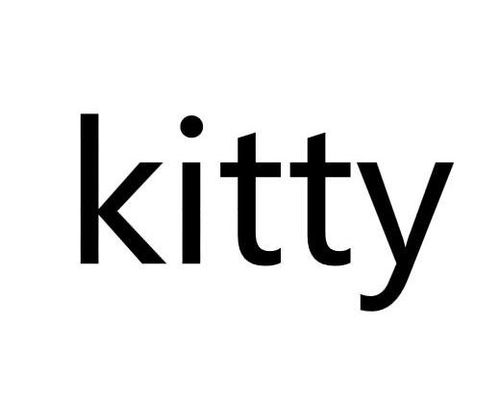 揭秘:Kitty的英文正确发音,你读对了吗?资讯攻略01-25
揭秘:Kitty的英文正确发音,你读对了吗?资讯攻略01-25 -
 Autumn的正确发音读音资讯攻略11-14
Autumn的正确发音读音资讯攻略11-14 -
 如何正确拼读“skirt”单词?资讯攻略10-31
如何正确拼读“skirt”单词?资讯攻略10-31 -
 揭秘!张国荣哥哥英文名的正确发音及详细音标资讯攻略02-01
揭秘!张国荣哥哥英文名的正确发音及详细音标资讯攻略02-01


